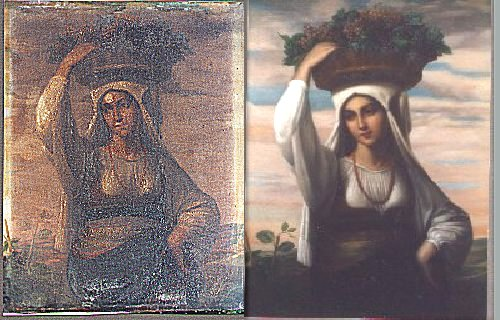 Thursday, August 25, 2011 at 11:19AM
Thursday, August 25, 2011 at 11:19AM UD chemist investigates reactions that damage paintings
"In the days before artists could go to a store and buy commercial paints, they mixed their own, often  combining pigments made of lead salts with such materials as egg whites and vegetable oils."
combining pigments made of lead salts with such materials as egg whites and vegetable oils."
"They were seat-of-the-pants chemists," says Cecil Dybowski, professor of chemistry and biochemistry at the University of Delaware. "But they didn't understand the chemistry itself, and they didn't foresee what would happen to those pigments in the future as the paintings got older."
"What generally happened is that internal chemical reactions gradually occurred in the dried paints, causing them to change in various ways and eventually damaging their works of art, no matter how carefully those paintings had been cared for over the years."
Reader Comments